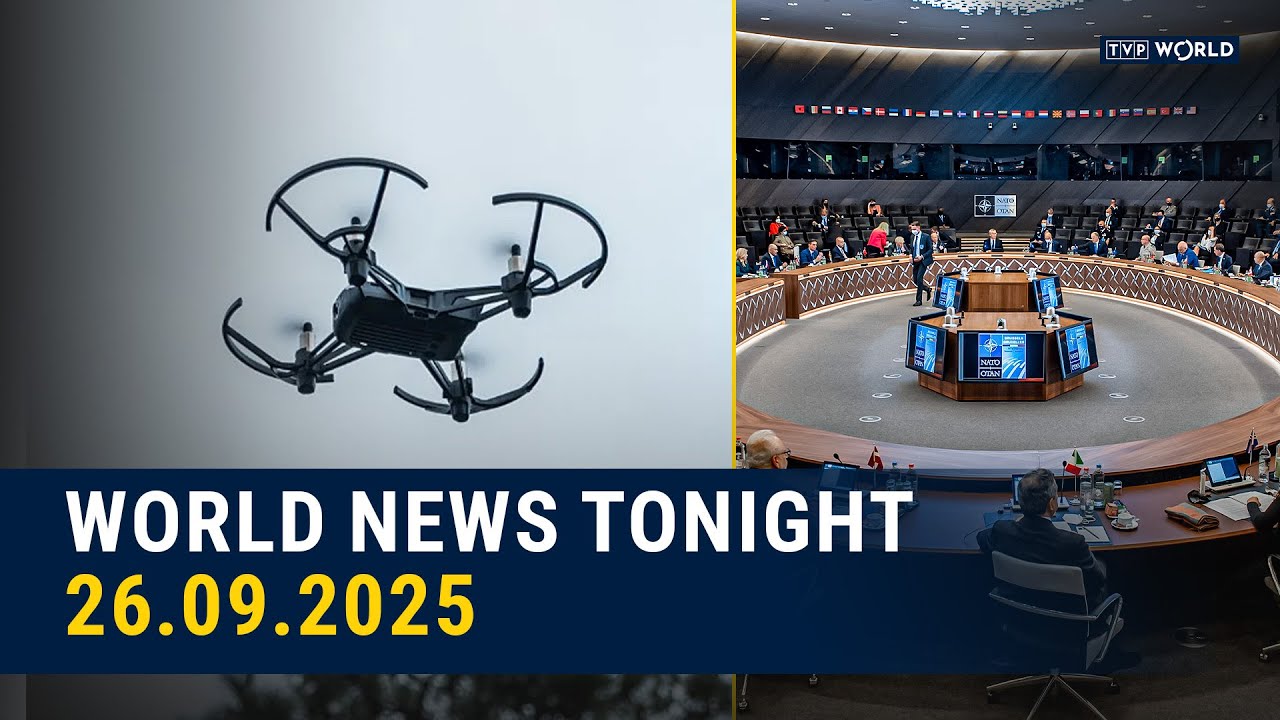There are no publicly available plans or official announcements from European governments about building a “Drone Wall” to shield borders from Russia. However, I can craft a hypothetical scenario based on current security trends and technological advancements.
In response to increasing security concerns related to Russia, some European nations are exploring innovative ways to enhance border protection. One such idea gaining attention is the development of a “Drone Wall”—a network of autonomous drones designed to monitor and secure borders more effectively. This concept involves deploying a fleet of surveillance drones equipped with high-resolution cameras, thermal imaging, and radar systems to patrol vast border areas continuously.
The “Drone Wall” aims to provide real-time intelligence, detect unauthorized crossings, and respond swiftly to potential threats. Unlike traditional physical barriers, drones can cover difficult terrains, such as forests, mountains, and rivers, with greater efficiency and flexibility. They can also be integrated with existing surveillance infrastructure, including ground sensors and cameras, to create a comprehensive border security system.
European countries see this technology as a way to modernize border defense without the extensive costs and environmental impact of physical walls. Additionally, drones can be programmed for autonomous operation, reducing the need for large patrol personnel and enabling rapid response to emerging threats.
While still in the conceptual or experimental stage, the idea of a “Drone Wall” reflects a broader trend toward using advanced technology for national security. If implemented, it could serve as a significant deterrent against illegal crossings and potential military threats from Russia, ensuring the safety and sovereignty of European borders in an increasingly complex geopolitical landscape.

